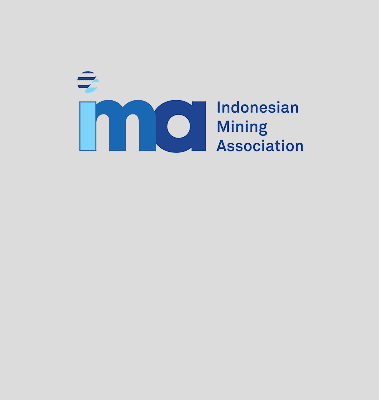A leading green-transition not-for-profit has cited the United States and Europe as learning points for Australia, as the nation embarks on a $1 billion green iron journey.
Announced in February, the Federal Government earmarked the $1 billion Green Iron Fund as a vehicle to support early mover projects and unlock private investment “at scale”.
However, the Institute for Energy Economics and Financial Analysis (IEEFA) said that governments in Europe and the United States have spent “billions in capital grants” on low-emissions steel projects, only for a number to be cancelled or delayed.
The IEEFA said Australia should look at an “integrated approach” that combines “significant investments” across ironmaking, electrolysers and renewable energy.
Its recent study, ‘How to spend a billion dollars’, said the US and Europe have experienced similar issues to Australia.
The study’s author, Lachlan Wright, said “grants alone” were not sufficient to offset rising gas and electricity prices.
“In Australia, this can be avoided by directing grants to projects that can demonstrate binding, long-term supplies of low-cost energy,” he said.
Wright said the grants were issued to steelmakers to transition specific sites from blast furnaces to direct reduction, which would enable the switch from coal to gas or hydrogen.
“However, the grants were provided to steelmakers without any firm commitments on hydrogen supply,” Wright said.
“This means there was a disconnect with the most costly and capital-intensive part of the supply chain.
“When the steelmakers were subsequently unable to secure suitably priced hydrogen (despite other support for potential suppliers), the projects/grants had to be either cancelled or amended.”
According to the Federal Government, half of the green iron fund (around $500 million) has been set aside to support the Whyalla steelworks transformation, with the other half open to greenfield and brownfield projects across the country on a 25:75 cost share basis.
At the same time, gas has been promoted as a bridge fuel for the transition to low-carbon iron and steelmaking, including in Australia.
Despite that, IEEFA’s analysis was that the “gas first” projects struggled with “few takers”, even more with premiums for gas-based iron projects as opposed to a 20–30 per cent “greenium” for hydrogen-based direct reduced iron.
“Integrated projects which controlled progress across all elements were more successful; similarly, failures occurred even where government support was provided to the steelmaker and separately to hydrogen developers,” Wright said.
“This highlights the importance of focusing on hydrogen production support to projects closely linked with priority-use cases.”
Wright emphasised the importance of long-term supplies of low-cost energy, which would be particularly important in Australia due to the “uncertainties” in the gas market and the struggles steelmakers already face to secure affordable gas.


